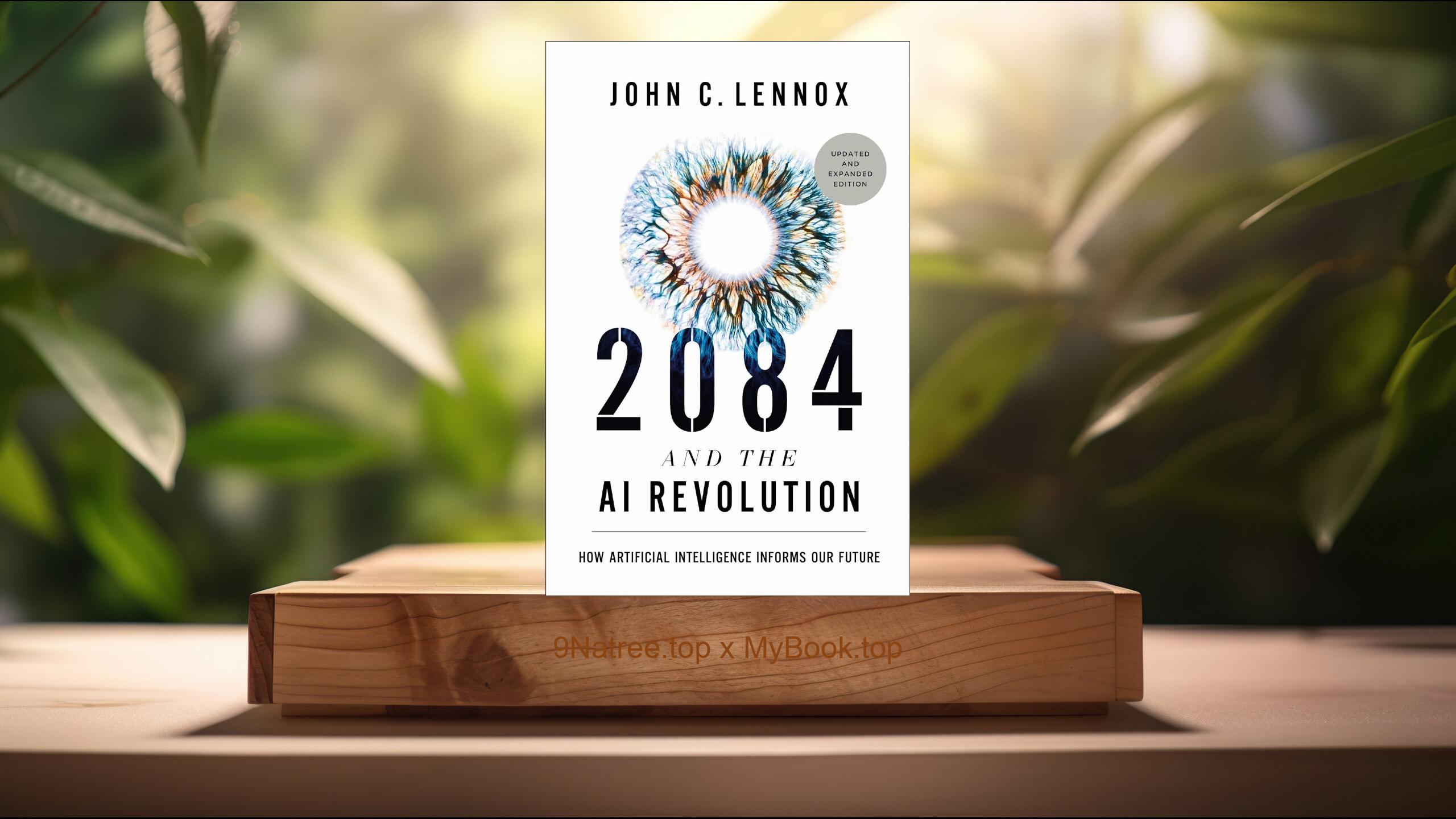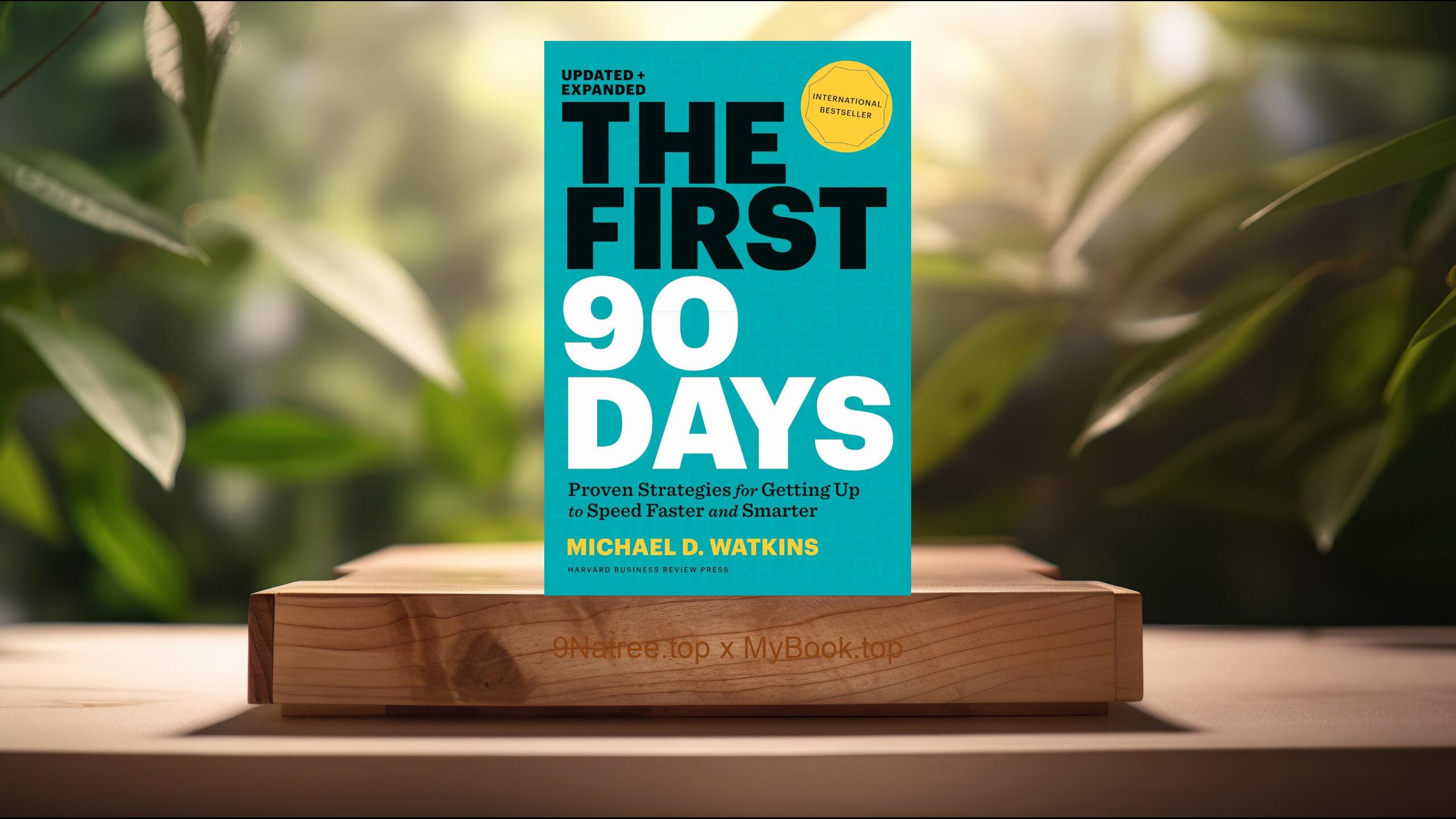Show Notes
- Amazon USA Store: https://www.amazon.com/dp/B08T24QK35?tag=9natree-20
- Amazon Worldwide Store: https://global.buys.trade/Love-and-Work-Marcus-Buckingham.html
- Apple Books: https://books.apple.com/us/audiobook/love-work-how-to-find-what-you-love-love-what-you-do/id1645110361?itsct=books_box_link&itscg=30200&ls=1&at=1001l3bAw&ct=9natree
- eBay: https://www.ebay.com/sch/i.html?_nkw=Love+and+Work+Marcus+Buckingham+&mkcid=1&mkrid=711-53200-19255-0&siteid=0&campid=5339060787&customid=9natree&toolid=10001&mkevt=1
- Read more: https://mybook.top/read/B08T24QK35/
#strengthsbaseddevelopment #redthreads #jobcrafting #careerfulfillment #employeeengagement #LoveandWork
These are takeaways from this book.
Firstly, Make Love the Operating System of Your Career, The book begins with a bold reframing of work. Excellence is not the product of fixing weaknesses or copying high performers. It grows from your distinctive edge, the repeatable moments that you cannot help but love. Buckingham argues that love is data. When you lose track of time, feel pulled to a task, or gain energy while doing it, that is a reliable signal of potential excellence. Rather than treating passion as a luxury, the book positions it as the most predictive input for performance, resilience, and growth. Love focuses attention, accelerates learning, and makes practice sustainable. The author shows how standardized job descriptions and competency models often flatten people, while the real world rewards spikes and uniqueness. By centering love, you can make smarter choices about projects, collaborators, and goals. This mindset shift turns career development into a process of amplifying what works for you, not chasing what is fashionable or fixing what is average.
Secondly, Find and Weave Your Red Threads, A core concept is red threads, the specific activities inside your current role that give you energy, clarity, and eagerness to do more. The book teaches a simple discovery method. Track your week with a Love it and Loathe it list. Mark the tasks that leave you more alive versus the ones that drain you. Look for patterns in verbs and contexts, such as advising, building, simplifying, or persuading. Then set a practical target to raise the percentage of red threads in your schedule. You do not need a new job to start; small shifts compound. Swap tasks with a teammate who loves what you loathe. Ask for an hour to take on a project that uses your red threads. Adjust the sequence of your day to front load energizing work. Over time, aim for a meaningful share of your week spent on red threads, because that is the zone where contribution and joy reinforce each other and where mastery grows fastest.
Thirdly, Practical Tools to Craft Your Role, The book provides lightweight rituals and scripts that translate insight into action. Begin with daily Love it and Loathe it notes to build a personal database. Run a weekly 15 minute check in to plan around your red threads, identify friction, and schedule one small experiment. Use calendar audits to spot energy peaks and deserts, then move similar tasks into the right windows. When you need resources or permission, use short, respectful requests that connect your strengths to team goals, such as Let me take first pass on client summaries this week because I can synthesize quickly and it will accelerate delivery. Prototype changes for two weeks at a time and measure the effects on energy and outcomes. Learn to say no without drama by offering a strengths based alternative or by trading tasks. These tools keep change iterative and low risk, making it easier to earn trust, prove value, and create a role that fits you better every month.
Fourthly, Partner With Managers and Build Strong Teams, Sustained progress requires constructive partnerships. The book shows managers how to unlock performance by leaning into strengths, not by closing every gap. Frequent short check ins beat annual reviews, because they surface what is working now and what needs a tweak. Managers can assign outcomes while giving people discretion to approach the work using their red threads. Individuals can help by sharing clear statements of where they shine and where they struggle, then requesting targeted opportunities to contribute. Teams can map their collective loves to balance work, reduce bottlenecks, and prevent quiet resentment. Feedback is reframed as attention to the moments of excellence, followed by specific requests for more of that behavior. This approach builds engagement and psychological safety, because people feel seen for their best contributions. The payoff is higher performance with less drag, as each person spends more time in their zone while the team covers blind spots together.
Lastly, Resilience, Purpose, and Sustainable Performance, Love and work are not separate domains. When your days include more energizing tasks, you recover faster and carry less stress into the rest of life. The book connects strengths alignment with better wellbeing markers such as motivation, creativity, and persistence during setbacks. It offers ways to build sustainable rhythms: begin with one red thread early each day, take micro breaks after draining work, and close with a quick review of wins to cement learning. Purpose emerges from repeated acts of contribution you love, not from a single grand declaration. The author also addresses transitions. If you are stuck, run low risk experiments, volunteer for a project, or explore adjacent roles that use the same loves in a new context. Rather than waiting for a perfect job, you can make your current role more livable and more effective right now. Over months, these compounding adjustments produce a career that is both durable and deeply satisfying.
![[Review] Love and Work (Marcus Buckingham) Summarized](https://episodes.castos.com/660078c6833215-59505987/images/2203145/c1a-085k3-rkpk1rvqh975-kh5oiw.jpg)




